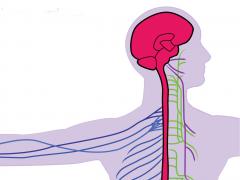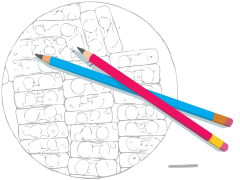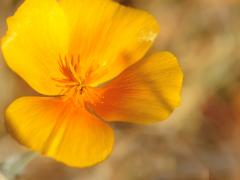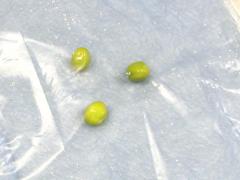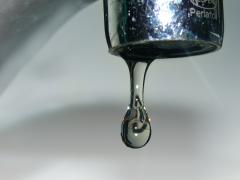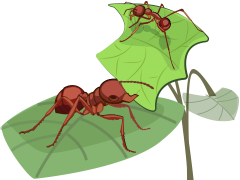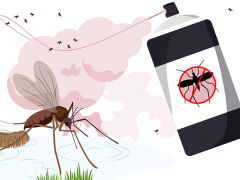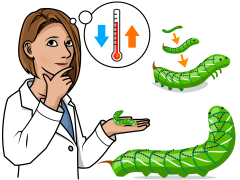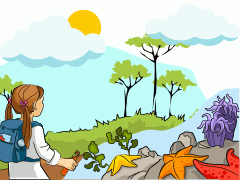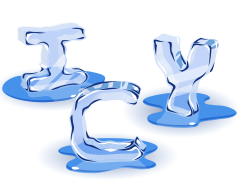Do you think you need the same number of nerves in every part of your body? Where in your body might you need more nerves? See for yourself! Also in: Español
- Home
- Activities
-
Stories
- World of Biology
- Meet Our Biologists
- Listen and Watch
- PLOSable Biology
-
Embryo Tales
- All About Autism
- Xs and Ys: How Our Sex Is Decided
- When Blood Types Shouldn’t Mix: Rh and Pregnancy
- What Is the Menstrual Cycle?
- Understanding Intersex
- Twin Tales
- The Mysterious Case of the Missing Periods
- Summarizing Sex Traits
- Shedding Light on Endometriosis
- Periods: What Should You Expect?
- Menstruation Matters
- Investigating In Vitro Fertilization
- Introducing the IUD
- How Fast Do Embryos Grow?
- Helpful Sex Hormones
- Getting to Know the Germ Layers
- Gender versus Biological Sex: What’s the Difference?
- Gender Identities and Expression
- Focusing on Female Infertility
- Fetal Alcohol Syndrome and Pregnancy
- Ectopic Pregnancy: An Unexpected Path
- Creating Chimeras
- Confronting Human Chimerism
- Cells, Frozen in Time
- EvMed Edits
- Stories in Other Languages
- Images
- Links
- Contact
- About
Activities
One of the best ways to learn is to play. We have a collection of activities that let you learn biology by playing. You can try a biology experiment or test your knowledge with one of the biology puzzles based on our stories. There are printable and online coloring pages and worksheets that you can use to practice your coloring skills.
Wait, there's more. The Bird Finder tool can help you identify that mystery bird in your backyard. You can also venture into Body Depot where you can learn about your body and the biology that keeps it going. With so many activities you might find it hard to choose, so don't. You can try them all.
The Phoenix metropolitan area, like many large cities, has problems with air pollution at certain times of the year. You can do a simple study to determine some of the factors that affect air pollution.
Every day, as you cook, clean, and eat, you are breaking proteins. Not sure how you're doing it? Join us to learn a few ways you can break proteins at home or in the classroom.
Learn to focus on detail and make keen observations that could be overlooked in a picture in this lesson on scientific sketching.
There are several different ways to get ants for an ant farm, depending on when you would like to start the farm and how long you would like for your ant farm to last.
Microorganisms in action! Turn a pile of grass clippings into an experiment.
Try out some of the new techniques that neurosurgeons are using to guide them during surgery.
Dr. Biology has been busy working on a new experiment and he needs your help. He has collected so much information from the experiment that he needs someone to analyze the data. All the results have been recorded in photographs, including some cool animations. Also in: Español | Français
This activity explores how the temperature of water affects its density. You will need to gather the following materials: a pencil; a small paper cup; a small-mouthed, clear-glass jar (the cup should be able to sit inside the opening of the jar); three ice cubes; and food coloring.
These daredevil birds can be perfect subjects for a backyard experiment.
During this activity you will learn how to create your own food web. You will also analyze the feeding relationships between marine organisms and describe the importance of plankton to the ecosystem.
Germs are tiny organisms that can make you feel sick and cause disease. During this activity you will illustrate the steps germs take during transmission. You will learn about the different types of bacteria, how they are spread, and discuss ways to keep from getting sick.
Learn what makes leafcutter ants unique and understand how the different castes of ant work together to provide for the colony.
Learn about mosquito life cycles, the dangers of mosquitoes, and how to protect yourself and reduce breeding grounds for mosquitoes around your home.
Dr. Biology has teamed up with with the scientists in the laboratory of Jon Harrison and started an experiment to see how different temperatures can change how an animal grows. The Virtual Manduca Growth Experiment lets you see and graph the results. It also has some cool animations.
Science is full of mysteries and unknowns waiting for you to discover. Beyond their usual research, there have been some unusual things happening in Dr. Biology's laboratory and they need your help. It is up to you to uncover what is happening.
Have you ever thought about your favorite season, and why it looks and feels the way it does? This activity will help you see and understand why Earth has seasons, and the two things that work together to make seasonal changes happen.
Every living thing uses DNA as the instructions for life. But how can we be sure that something so small is actually there at all? Here is one experiment that you can do at home or school that will actually let you see DNA.
Discuss ideas of natural selection, play a selection-based game, and take a trip through time to see how scientists of the past figured out just how a trait is passed from a parent to its offspring. Also in: Español | Français
In this experiment, we will look at one major difference between frozen freshwater and frozen saltwater.







